-
How does it feel?
Baikal skullcap has the complex taste profile one expects from a remedy with so much depth to its reputation. There is heat, aromatic and resinous qualities as well as the bitterness that gives baikal its traditional cooling properties. The aftertaste is predominantly sweet.
These traditional qualities add to the intriguing complexity of this remedy and to its prospects for helping a wide range of problems. Although not prominent in the traditional reputation of the herb its sweetness helps us to understand its overall supportive role.
-
What can I use it for?
Baikal skullcap is generally used in formulations rather than on its own. The modern practitioner focuses on its role in managing immunological problems, especially involving allergies and hypersensitivity reactions. Conditions in which it might be used include asthma, hayfever, allergic eczema and rhinitis.
Baikal is also used in complex protocols in the management of autoimmune and other longterm immunological problems and infections. These include particularly chronic hepatitis and lung diseases. It has a modern reputation in China for the treatment of quite severe bacterial and viral infections.
Baicalin-rich extracts are used topically for skin conditions.
-
Into the heart of baikal skullcap

Bailal skullcap (Scutellaria baicalensis) The indications outlined above are consistent with baical’s traditional reputation in Chinese medicine as cooling excessive ‘heat: modern equivalents of ‘heat’ include inflammation, agitation and wider hyperactivity. However the traditional quality also points towards relieving heat combined with ‘dampness’: ‘damp-heat’ is a traditional descriptor of hepatitis and also mucosal conditions associated with infections and acute inflammations.
Some of the modern applications are to conditions that would have been described as ‘dry heat’, notably the classic hypersensitivity conditions like hayfever and uncomplicated asthma. These are marked by dry mucosa and non-productive cough. In such indications, the cooling and drying properties of baical shold be complemented with agents that are moistening and cooling, licorice being the most obvious and common example.
There is nothing new in the apparent contradiction between characteristics and application. Baical was a component of a warming prescription (along with bupleurum, licorice, ginseng, ginger and others) recorded in the great Chinese classic Shanghan Lun (On Cold Damage), written around 200 AD. As is often the case in traditional medicine it is the combination that counts rather than the action of the remedy alone.
-
Traditional uses
The first description of Baical skullcap was recorded as early as the Zhou Dynasty over 3000 years ago. The Han Dynasty Classic of Internal Medicine ‘Shennong Ben Cao Jing’ (the earliest existing traditional Chinese medicine book), recorded its medicinal application as a cure for lung and liver diseases almost 2000 years ago.
Although the root of the plant is most often used there is also a tradition for using the aerial parts in teas for clearing heat and removing dampness, and promoting digestion, typical indications for bitters.
-
Traditional actions
Herbal actions describe therapeutic changes that occur in the body in response to taking a herb. These actions are used to express how a herb physiologically influences cells, tissues, organs or systems. Clinical observations are traditionally what have defined these actions: an increase in urine output, diuretic; improved wound healing, vulnerary; or a reduction in fever, antipyretic. These descriptors too have become a means to group herbs by their effects on the body — herbs with a nervine action have become the nervines, herbs with a bitter action are the bitters. Recognising herbs as members of these groups provides a preliminary familiarity with their mechanisms from which to then develop an understanding of their affinities and nuance and discern their clinical significance.
-
Traditional energetic actions
Herbal energetics are the descriptions Herbalists have given to plants, mushrooms, lichens, foods, and some minerals based on the direct experience of how they taste, feel, and work in the body. All traditional health systems use these principles to explain how the environment we live in and absorb, impacts our health. Find out more about traditional energetic actions in our article “An introduction to herbal energetics“.
Chinese energetics
-
What practitioners say

Baikal skullcap (Scutellaria baicalensis) Baikal skullcap is widely used in traditional Chinese medicine for its cardiovascular, hepatic, and renal protective effects. It is commonly used by physicians there to treat potentially serious diseases such as hepatitis, hypertension, acute respiratory infection, acute gastroenteritis, infantile diarrhoea, vomiting during pregnancy and other diseases. It was also used for threatened miscarriage and other problems of pregnancy, and is also used in some cancer therapies.
In modern western herbal practice, baical has been most widely used in immunological and hypersensitivity disorders.
Respiratory
The most common application is for lung and airway symptoms of these disorders, notably asthmatic conditions (especially when associated with secondary bronchitis), hypersensitivity conditions like hayfever and allergic rhinitis, and especially fungal and bacterial infections. It has a reputation in China of being effective also in acute viral infections of the airways. Where there is no infective complication in an allergic or asthmatic condition, baical needs to be combined with licorice or other moistening herbs.
Nervous system
There is growing interest in the potential role of baical in helping reducing neuroinflammation, the common factor now implicated in dementia, long-term psychiatric and neurological disease, and conditions such as chronic fatigue syndrome and fibromyalgia.
Metabolism
Positive research findings on the role of baical in managing metabolic syndrome, insulin resistance and late-onset diabetes have encouraged practitioners to consider this remedy as these are often co-factors in immunological conditions.
Liver
Baical is traditionally used for hepatitis and its role in supporting liver function is likely to be very important in some of the conditions above.
Circulation
Baical is applied clinically in China for hypertension and other cardiovascular problems, including those of late-onset diabetes.
-
Research
 Emerging evidence has established that baicalin improves chronic inflammation, immune imbalance, disturbances in lipid metabolism, apoptosis and oxidative stress. Thereby it offers beneficial roles against the initiation and progression of cardiovascular disorders such as atherosclerosis, hypertension, myocardial infarction and reperfusion, and heart failure (3).
Emerging evidence has established that baicalin improves chronic inflammation, immune imbalance, disturbances in lipid metabolism, apoptosis and oxidative stress. Thereby it offers beneficial roles against the initiation and progression of cardiovascular disorders such as atherosclerosis, hypertension, myocardial infarction and reperfusion, and heart failure (3).The protective effects of baicalin (a molecule from baical skullcap) on liver disease have received research attention. Studies have shown that baicalin protects against several types of liver diseases including viral hepatitis, fatty liver disease, xenobiotic induced liver injury, cholestatic liver injury, and hepatocellular carcinoma, with a variety of pharmacological mechanisms (4).
Baicalin also regulates intestinal flora by promoting the production of short chain fatty acids (SCFAs). Furthermore, Baicalin is involved in the interactions of the liver-gut axis by regulating TGR5, FXR, bile acids and the microbiota (5).
Baical has been used in TCM as a frequent component in prescriptions for depression, anxiety and epilepsy. Modern reviews are supporting the neuroprotective properties of baicalin, with evidence for effects on the production of a variety of relevant anti-inflammatory cytokines (6).
There are also studies showing the ameliorating effects of baical and its two major bioactive constituents, baicalin and baicalein, on parameters of metabolic syndrome, including antidiabetic, anti-hyperlipidemic, anti- obesity, and antihypertensive activity. Activation and upregulation of AMPK and PPAR-γ as the main signals in the haemostasis of glucose and lipid metabolisms appear to be important mechanisms (7). Wogonin has also shown laboratory effects in markers of diabetic circulatory complications (8), and has been used as an anti-cancer drug in Chinese medicine practice. It has been found in vitro to effectively tackle cancers cells via several mechanisms, however more studies are needed to see if this will translate into humans (9).
-
Did you know?
The mandarin name huang qin means ‘golden herb’. It is one of the most prominent of traditional Chinese remedies, having a new lease of life in the modern treatments in China of cancer, complex infections and immune diseases and even in psychiatric and neurological medicine.
Additional information
-
Botanical description
The rhizome of baikal skullcap is thick and fleshy, up to 2 cm in diameter,
elongated and branched. The leaves are lanceolate to linear-lanceolate, 1.5–4.5 cm in length and 0.5–1.2 cm in width. The terminal raceme borne on stems and branches often aggregated into panicles at the top of stems.The corolla is purple, purple–red and blue. The fruits are hard, ovoid, dark
brown 1.5 mm in height and 1 mm in diameter. -
Common names
- Skullcap root
- Scute
- Baical
- Huang qin
- Fu chang
- Yuan qin (Chin)
- Ogon (Jap)
- Hwanggum (Kor)
Alternate botanical names:
- S.viscidula Bge
- S.amoena CH Wright
- S. hypericifolia Level
-
Safety
Baikal skullcap is used in TCM for a number of pregnancy related conditions, including sickness and nausea. However, it is recommended to consult a Medical Herbalist before use during pregnancy and lactation.
-
Interactions
None known
-
Contraindications
Not to be used with cold syndromes of deficiency type according to TCM.
There are few reports of adverse effects reliably linked to baikal skullcap. However, one case report of an elderly lady taking a combination supplement for arthritis which included baikal skullcap reports that acute liver injury was experienced as a result of the supplement. Cessation of the supplement resulted in led to a significant improvement in liver symptoms. On resumption of the supplement the patient again suffered from considerable hepatotoxicity (10).
However contamination or misidentification of the herbal components is always a possibility in explaining the appearance of such an adverse reaction. The specific ingredient responsible is somewhat unclear and the injury may have been due to a contaminant or misidentified constituent in the proprietary mixture (13, 14). Skullcap is indeed well known for being adulterated in over the counter supplements (see Quality Control below for more details).
Baicalin has been shown to decrease the level of statins in healthy volunteers (11). It may be necessary to consider the use of baikal skullcap in cases where cholesterol management is critical.
-
Preparations
- Dried root
- Powdered
- Capsule
- Tincture
- Decocted root extraction
-
Dosage
Infusion / Decoction: 2–6 g per day of the dried root, although lower doses are often used in combination with other herbs.
Tincture (1:5 in 45%): Take 1–2 ml there times a day.
-
Plant parts used
Root
-
Constituents
The most prominent constituents are:
- Flavones and flavone glycosides incl baicalin (quickly converted in the gut to its aglycone baicalein), and wogonoside (converted to wogonin). Over 40 other flavonoids and their flavonols, dihydroflavones and their dihydroflavonols, chalcones and bioflavonoids have also been identified (1)
- Carotenoids
- Diterpenes
- Volatile oils (2)

-
Habitat
Native to China, Korea and Mongolia, baikal skullcap grows happily on grassy mountain slopes.
-
Sustainability
Over the past several decades, the wild resource of baical skullcap has suffered rapid declines. As a result, it was listed as a class III conserved medicinal plant in China. Large-scale cultivation programs have been initiated in China since 1958 to help meet the increasing demand for its root and as an effort to preserve wild resources. It is however still a highly popular medicinal plant whose wild resources are exploited (12). The IUCN Red List of Threatened Plants Status has not yet assessed baical skullcap on its database.
-
Quality control
Herbal medicines are often extremely safe to take; however, it is important to supply herbal medicines from a reputed supplier. Sometimes herbs bought from unreputable sources are contaminated, adulterated or substituted with incorrect plant matter.
Some important markers for quality to look for would be to look for certified organic labelling, ensuring that the correct scientific / botanical name. A supplier should also be able to tell you where the herbs have come from. There is more space for contamination and adulteration where supply chain is unknown.
-
How to grow
- Baikal skullcap prefers a sunny to part shade position, with a light soil if possible. The soil should be well drained, but should not dry out completely. The potency of the active chemicals in the roots is said to be greater if the plant is grown in sandy soils.
- Baikal skullcap is very easy to grow from seed and needs little extra care. It can be sown in early-mid spring directly outdoors, however it is recommend to start off indoors for better control. Keep seeds moist at all times but not wet. Seeds should germinate in 10 – 20 days.
- When large enough to handle seedlings can be transplanted to individual pots to be grown on until they reach a sufficient size to be transplanted to its final location. Ensure that plants are hardened off for full sun exposure before transplanting.
- Established plants are thought to be drought tolerant. An average watering routine is sufficient. It is quite hardy and will also tolerate low temperatures and frost. The temperatures in the native habitat are generally quite low.
Please note: Although baikal skullcap is perennial, the life cycle may be as short as three years. Plants may need to be divided, before new spring growth appears. While larger, more viable divisions may be planted directly out, smaller sections are best to grow on in pots until ready for the garden. Woody or soft stem cuttings may also be taken from plants and many people have success with tip layering. This plant is also suitable for container growing.
- Baikal skullcap prefers a sunny to part shade position, with a light soil if possible. The soil should be well drained, but should not dry out completely. The potency of the active chemicals in the roots is said to be greater if the plant is grown in sandy soils.
-
References
- Li C, Lin G, Zuo Z. (2011) Pharmacological effects and pharmacokinetics properties of Radix Scutellariae and its bioactive flavones. Biopharm Drug Dispos. 32(8): 427-45. doi: 10.1002/bdd.771.
- Zhao T, Tang H, Xie L, et al. (2019) Scutellaria baicalensis Georgi. (Lamiaceae): a review of its traditional uses, botany, phytochemistry, pharmacology and toxicology. J Pharm Pharmacol. 71(9):1353-1369. doi: 10.1111/jphp.13129
- Xin L, Gao J, Lin H, et al. (2020) Regulatory Mechanisms of Baicalin in Cardiovascular Diseases: A Review. Front Pharmacol. 11:583200. doi: 10.3389/fphar.2020.583200.
- Yang JY, Li M, Zhang CL, Liu D. (2021) Pharmacological properties of baicalin on liver diseases: a narrative review. Pharmacol Rep. doi: 10.1007/s43440-021-00227-1
- Hu Q, Zhang W, Wu Z, et al. (2021) Baicalin and the liver-gut system: Pharmacological bases explaining its therapeutic effects. Pharmacol Res. 165:105444. doi: 10.1016/j.phrs.2021.105444
- Li Y, Song K, Zhang H, et al. (2020) Anti-inflammatory and immunomodulatory effects of baicalin in cerebrovascular and neurological disorders. Brain Res Bull. 164:314-324. doi: 10.1016/j.brainresbull.2020.08.016
- Baradaran Rahimi V, Askari VR, Hosseinzadeh H. (2021) Promising influences of Scutellaria baicalensis and its two active constituents, baicalin, and baicalein, against metabolic syndrome: A review. Phytother Res. doi: 10.1002/ptr.7046.
- Khan S, Kamal MA. (2019) Can Wogonin be Used in Controlling Diabetic Cardiomyopathy? Curr Pharm Des. 25(19): 2171-2177. doi: 10.2174/1381612825666190708173108
- Kumar R, Harilal S, Parambi DGT, et al. (2021) Fascinating Chemopreventive Story of Wogonin: A Chance to Hit on the Head in Cancer Treatment. Curr Pharm Des. 27(4): 467-478. doi: 10.2174/1385272824999200427083040.
- Yang L, Aronsohn A, Hart J, et al. (2012) Herbal hepatoxicity from Chinese skullcap: A case report. World J Hepatol. 4(7): 231-233. doi: 10.4254/wjh.v4.i7.231.
- Fan L, Zhang W, Guo D, et al. (2008) The effect of herbal medicine baicalin on pharmacokinetics of rosuvastatin, substrate of organic anion-transporting polypeptide 1B1. Clin Pharmacol Ther. 83(3): 471-6 doi: 10.1038/sj.clpt.6100318
- Yuan, Q. (2010, April 29). Impacts of recent cultivation on genetic diversity pattern of a medicinal plant, Scutellaria baicalensis (Lamiaceae) – BMC Genomic Data. BioMed Central. Retrieved 18 October 2022, from https://bmcgenomdata.biomedcentral.com/articles/10.1186/1471-2156-11-29.
- www.herbalgram.org. (n.d.). Adulteration of Skullcap with American Germander – American Botanical Council. [online] Available at: https://www.herbalgram.org/resources/herbalgram/issues/93/table-of-contents/feat_skullgerm/ [Accessed 18 Oct. 2022].
- PubMed. (2012). Move Free. [online] Available at: https://www.ncbi.nlm.nih.gov/books/NBK547841/ [Accessed 18 Oct. 2022].


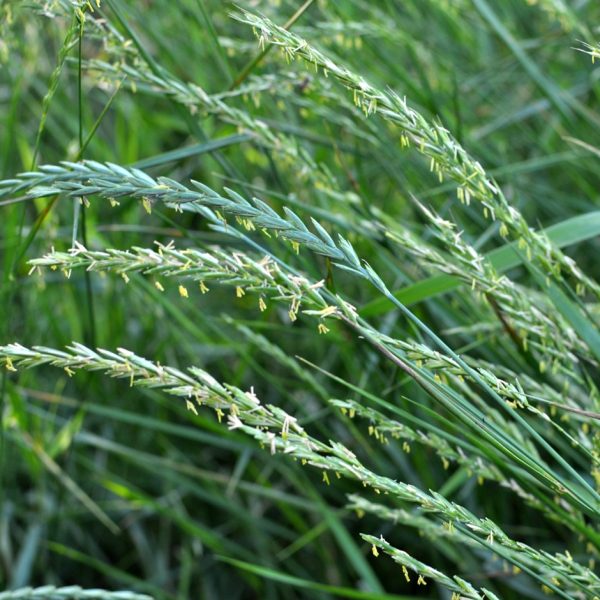















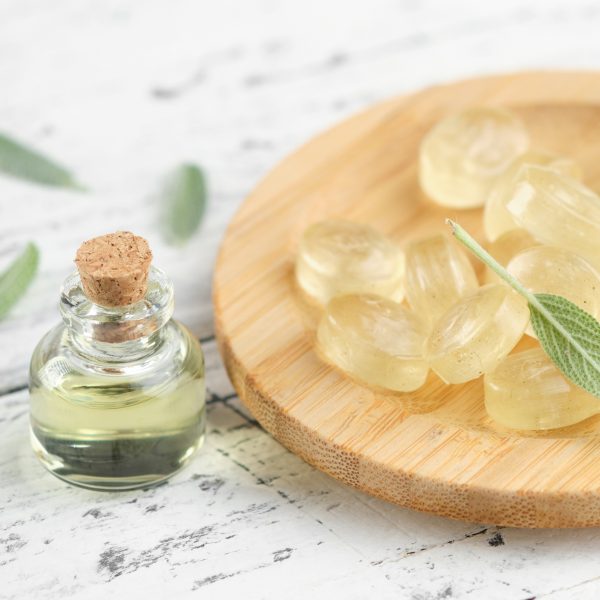








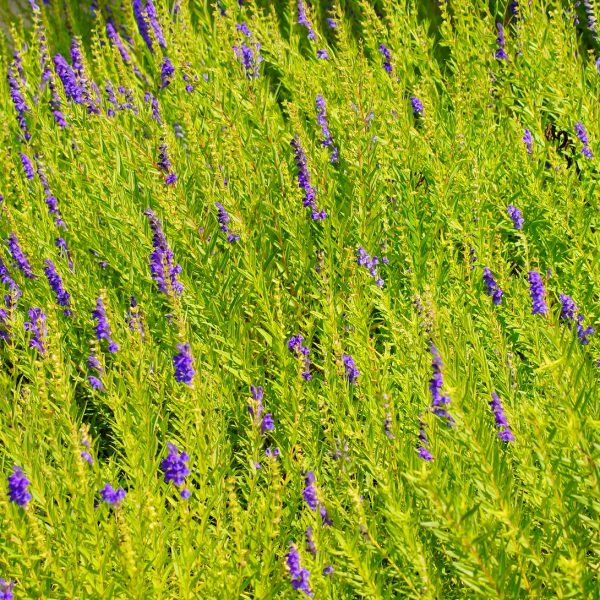
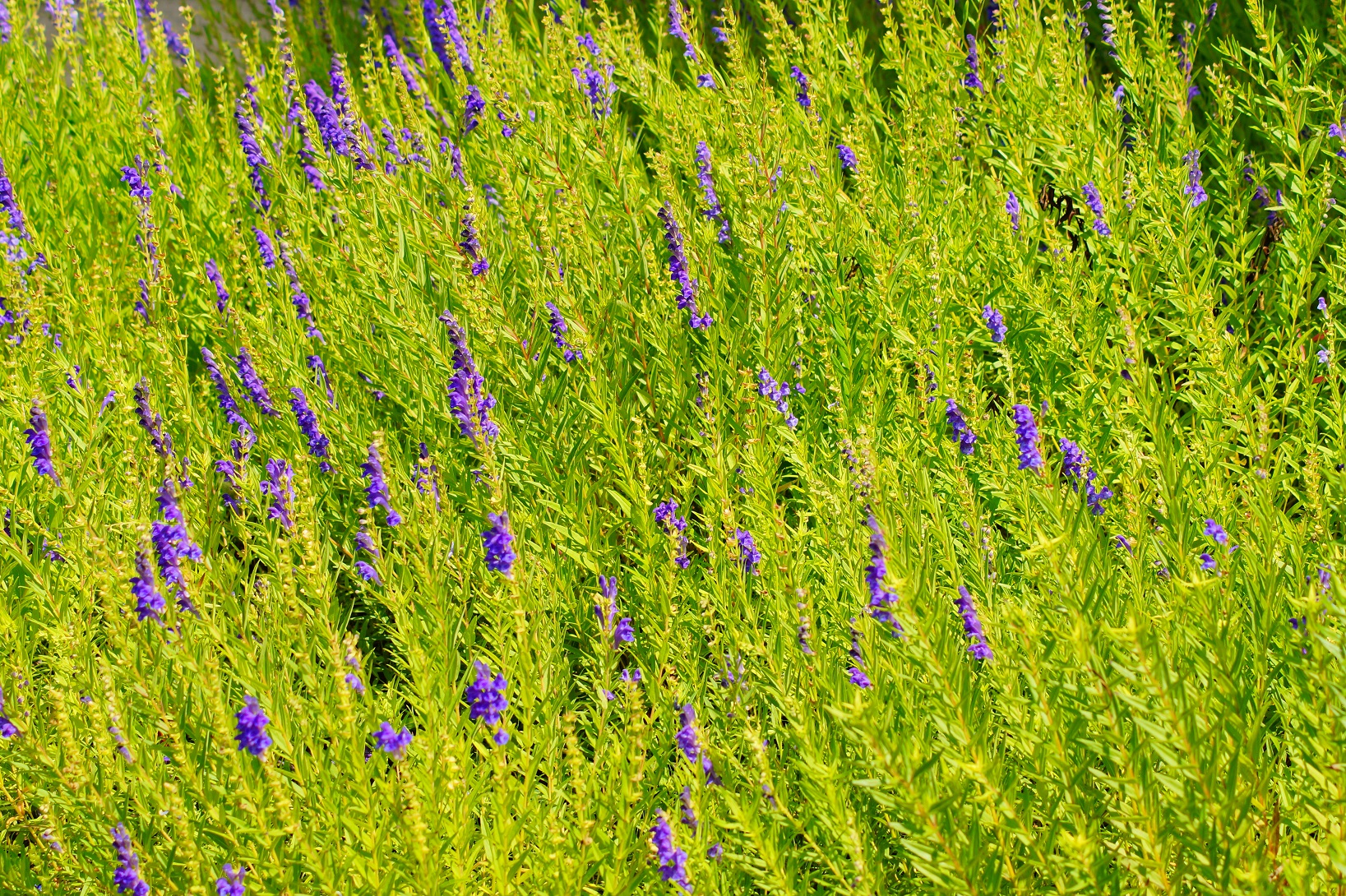
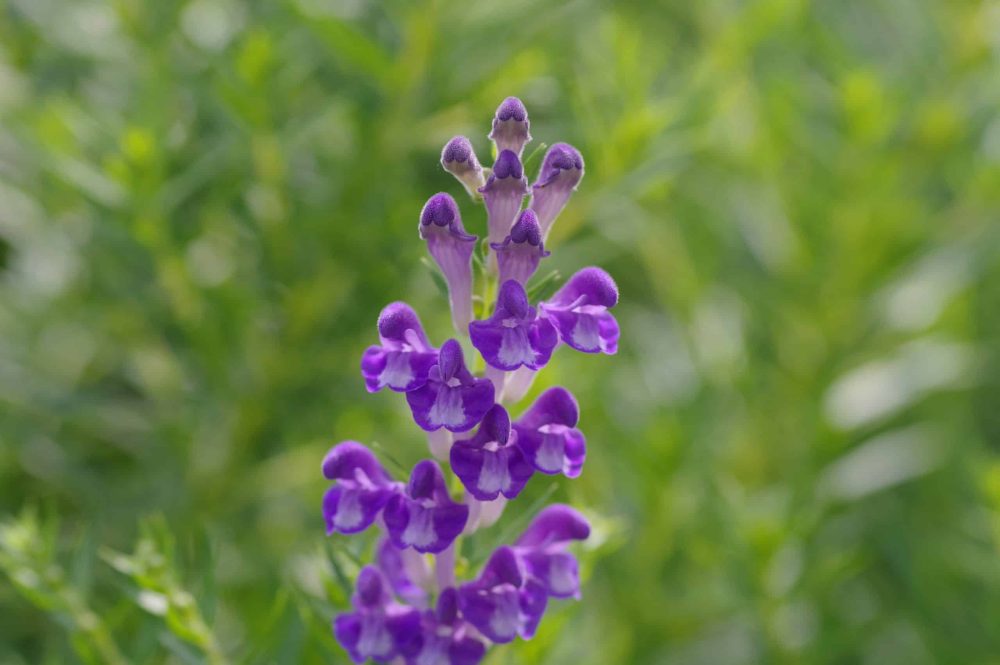
 Emerging evidence has established that baicalin improves chronic inflammation, immune imbalance, disturbances in lipid metabolism, apoptosis and oxidative stress. Thereby it offers beneficial roles against the initiation and progression of cardiovascular disorders such as atherosclerosis, hypertension, myocardial infarction and reperfusion, and heart failure (3).
Emerging evidence has established that baicalin improves chronic inflammation, immune imbalance, disturbances in lipid metabolism, apoptosis and oxidative stress. Thereby it offers beneficial roles against the initiation and progression of cardiovascular disorders such as atherosclerosis, hypertension, myocardial infarction and reperfusion, and heart failure (3).





